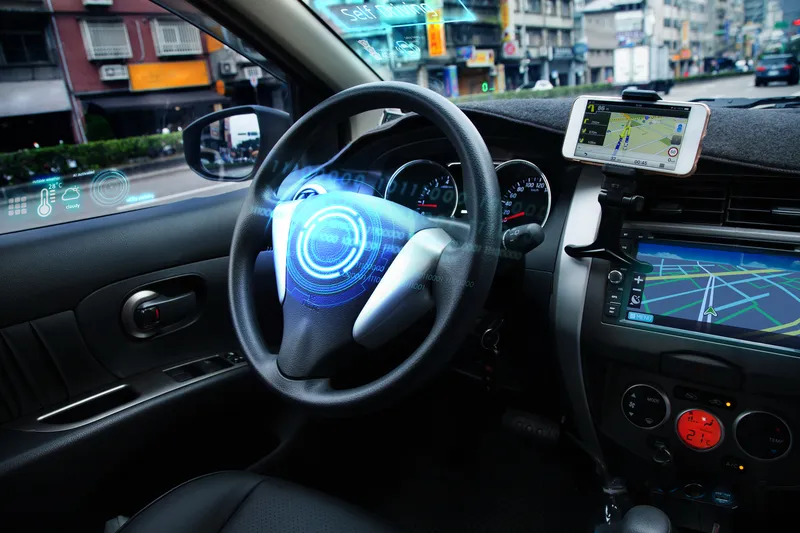Residents and visitors to Māngere are set to benefit from shared and wider pathways for cyclists and pedestrians, improved bus stops, improved access to the town centre and local schools and safer crossings following the completion of the Te Ara Mua – Future Streets project in Auckland, New Zealand.
The project is a collaboration between the Government, Auckland Transport and the Māngere-Otāhuhu Local Board, which aims to deliver safer streets for Māngere, with the aim of creating a healthier community and transport environment.
According to associate transport minister Tim Macindoe, when compared with other Auckland communities, between 2009 and 2013, Māngere Central had a disturbing record for the number of fatal and serious crashes in the area. Statistics show that twenty-six per cent of all crashes in the centre of Māngere involved pedestrians.
“These new and improved facilities will make it safer and easier to walk and cycle in this community,” he says.
“As part of the project a research team is evaluating the wider benefits of creating a better transport environment. The research findings will be used to inform future design approaches, planning processes and policy,” says Macindoe.
Auckland’s Future Streets project delivers improved facilities for pedestrians
Residents and visitors to Māngere are set to benefit from shared and wider pathways for cyclists and pedestrians, improved bus stops, improved access to the town centre and local schools and safer crossings following the completion of the Te Ara Mua – Future Streets project in Auckland, New Zealand.
July 10, 2017
Read time: 2 mins










